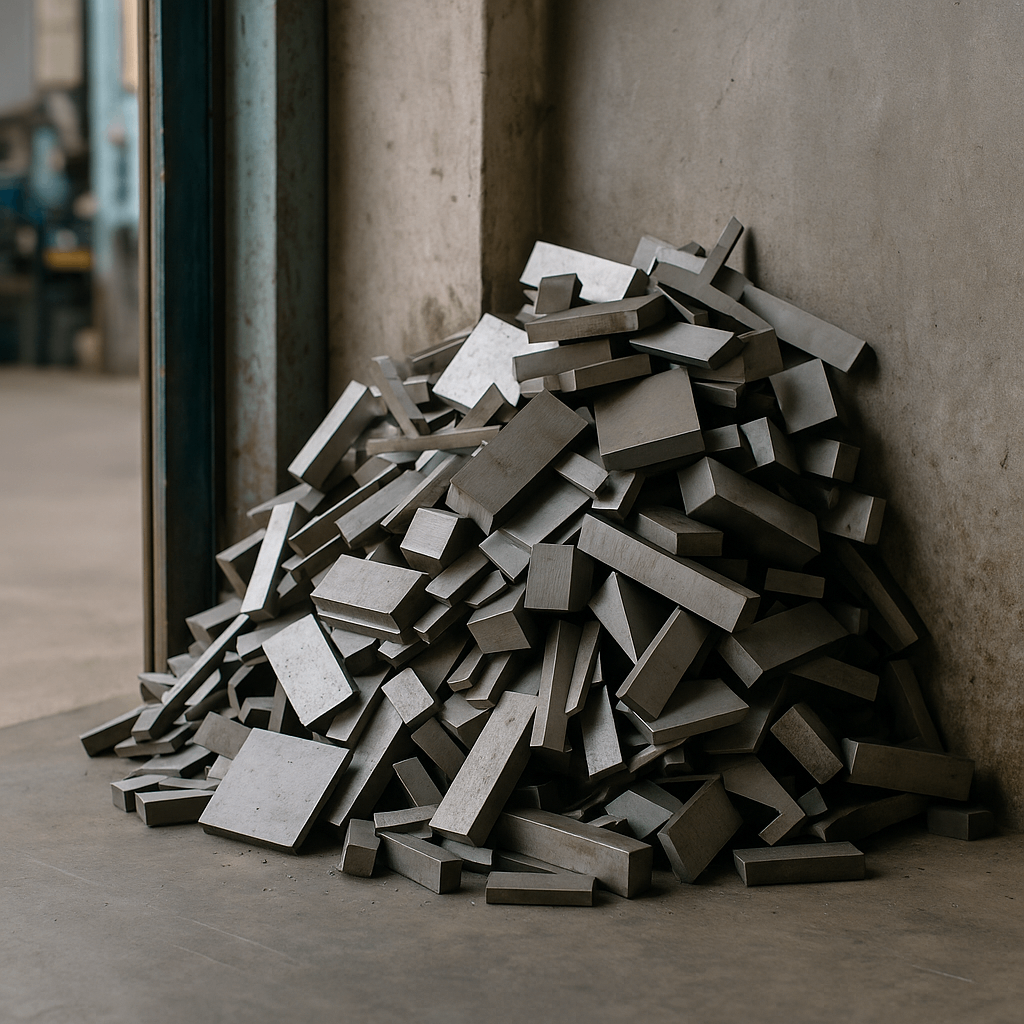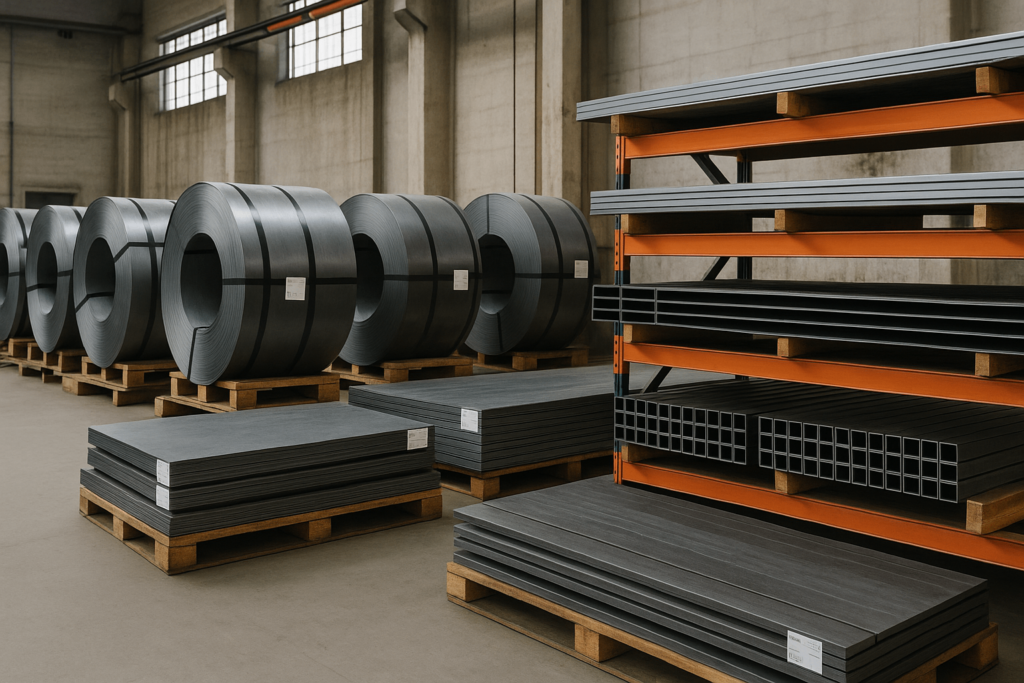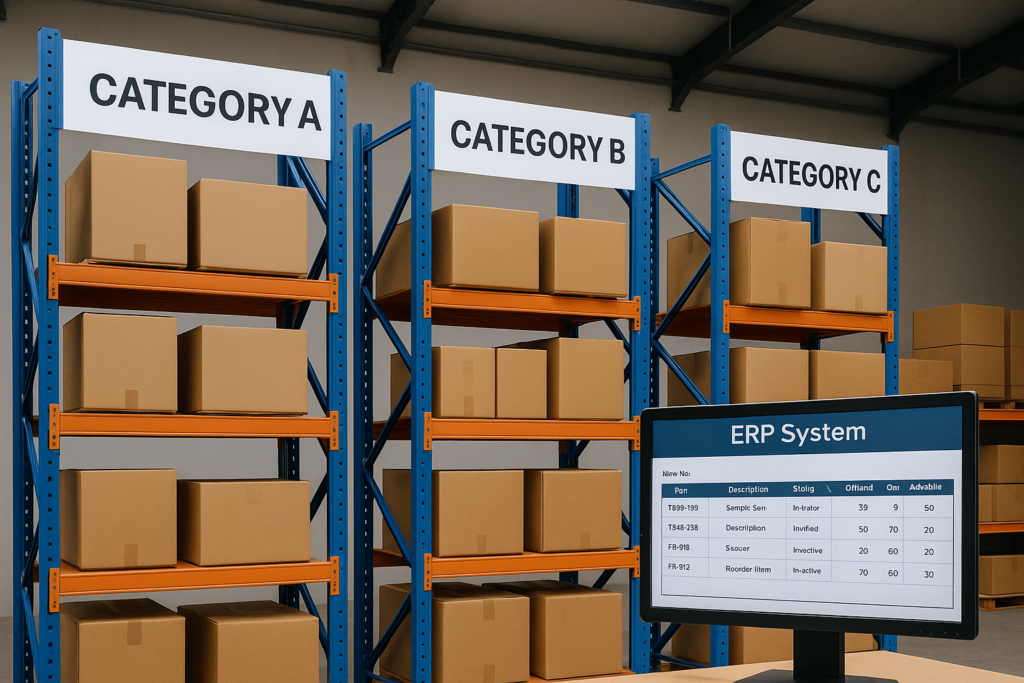For global B2B buyers sourcing metal components, few risks are more disruptive than inventory-related delays. A shortage of key parts, an unexpected stockout, or inaccurate delivery timelines can compromise entire production cycles—and client relationships.
That’s why inventory management for metal fabricators isn’t just an internal process—it’s a strategic asset. It determines your ability to receive stable pricing, consistent quality, and on-time shipments, especially when ordering from overseas suppliers.
This guide offers a practical, factory-floor perspective on inventory control—designed specifically for wholesale procurement teams, OEM buyers, and supply chain professionals in need of dependable fulfillment. You’ll learn:
How trusted fabrication partners stay reliable—even in volatile markets
Why inventory visibility is essential to prevent production gaps
What metrics matter most for long-term cost control and consistency
Where your current suppliers might be silently leaking value
Ready to transform your metal sourcing strategy?
Part 1: Diagnosing the Root Cause – The 3 Unique Inventory Nightmares We've Tamed
To build a truly resilient operation, a supplier must first master the inherent challenges of the industry. For metal fabricators, these are not generic business problems; they are complex, intertwined “nightmares” that can cripple an unprepared supplier and, by extension, your production schedule.
Our expertise is built on a deep understanding and systematic taming of these core issues, ensuring that the complexities of our industry never become a problem for yours.
Nightmare #1: The Price Rollercoaster
The first and most relentless challenge is the extreme price volatility of raw materials like steel and aluminum. Unlike industries with stable input costs, we operate in a global commodities market where prices can swing dramatically due to geopolitical events, shifting trade policies, and fluctuating energy costs.
For many fabricators, this creates ongoing uncertainty, impacting their ability to provide stable quotes and manage project budgets. This volatility can lead to unexpected cost increases being passed down the supply chain.
Leading metal parts suppliers address this with proactive procurement strategies that shield buyers from rapid cost spikes—stabilizing contracts, lead times, and landed cost estimates.
Nightmare #2: The Material Maze
The second inventory challenge stems from the nature of the material itself. Metal inventory tracking is uniquely complex because the unit of measure changes constantly. A steel coil may be purchased by weight, stored by unit, and consumed by length.
Each conversion introduces risk. Add in the scrap paradox—where offcuts carry hidden costs from labor and machine time—and inefficient handling quickly inflates expenses.
Shops that lack control discard usable remnants, raising costs. Mastering this complexity ensures competitive pricing, accurate replenishment planning, and sustainable operations.
Nightmare #3: The Production Black Hole
The third challenge is the visibility gap during production—a “black hole” where materials and time often go untracked. This affects Work-in-Progress (WIP) and Maintenance, Repair, and Operations (MRO) inventory.
WIP is hard to track and represents tied-up capital. Without proper visibility, real-time status updates become impossible. Likewise, MRO is often overlooked, but the lack of a $50 critical part can cause hours of downtime and delayed deliveries.
Visibility into both areas is essential for maintaining your own delivery schedules and mitigating supplier-side risks.
Part 2: The Action Playbook – 4 Pillars of a Resilient Supply Chain Partner
Diagnosing the nightmares is step one. Building control systems that eliminate them is where we truly differentiate. These four pillars form the foundation of our inventory control strategy.
Pillar 1: Prioritize with ABC Analysis
Not all items are created equal. ABC analysis classifies inventory using the Pareto Principle to focus resources where it matters most.
By calculating each item’s Annual Consumption Value (Unit Cost × Annual Usage), we segment:
A Items: Top 10–20% of SKUs driving 70–80% of value.
B Items: Moderate value drivers.
C Items: Low-value but high-volume parts.
This ensures high-impact items—like stainless steel sheets—receive tight controls, accurate forecasting, and strategic procurement. It minimizes risk for the materials most critical to your orders.
ABC Analysis Overview
| Category | % of Items | % of Consumption Value | Management Focus |
|---|---|---|---|
| A Items | 10–20% | 70–80% | Tight control, forecast-driven |
| B Items | ~30% | 15–25% | Moderate control, reorder-based |
| C Items | 50–60% | 5–10% | Simplified tracking, bulk buys |
Pillar 2: Turn Scrap into Value
The best way to reduce scrap is to prevent it. Nesting software helps maximize material yield, minimizing offcuts from the start.
For the remnants that remain, our digital tracking system records grade, dimensions, and traceability. Before allocating new material, our system checks if a remnant fits the job.
This closed-loop approach reduces waste and boosts efficiency.

Pillar 3: Ensure Uptime with MRO Management
Behind every successful delivery is the uninterrupted flow of production, supported by MRO supplies.
We conduct a criticality analysis:
Critical Spares: Must always be in stock.
Semi-Critical: Balanced inventory.
Non-Critical: Replenished as needed.
Historical usage and supplier lead times define min/max stock levels, ensuring continuity.
Pillar 4: Operate with Agility – Hybrid JIT Models
JIT isn’t always practical due to long steel lead times. Our Hybrid JIT model bridges the gap, combining:
Strategic vendor relationships
Off-site storage
A segmented inventory strategy (Make-to-Order and Make-to-Stock)
This gives us the flexibility to fulfill custom and standard orders efficiently—essential for overseas buyers managing metal component supply chain constraints.
Part 3: The Digital Arsenal – Technology for Total Inventory Visibility
Inventory control depends on data. Technology enables us to shift from assumptions to real-time decisions.
ERP: The Central Nervous System
A specialized ERP for metal fabrication supports dimensional inventory, parent-child traceability, BOM integration, and real-time MRP.
It provides instant inventory updates and accurate job costing—critical for preventing delays and keeping your orders on track.
Barcode + RFID: Dual-Tech Precision
Automated data capture is key. We use:
Barcodes: Affordable, ideal for receiving and shipping.
RFID: Advanced automation for WIP tracking, enabling real-time updates.
Each has its place—together, they deliver cost-effective accuracy.
BI: Insights That Drive Action
Business Intelligence (BI) turns data into decisions. Interactive dashboards highlight trends, flag bottlenecks, and enable proactive problem-solving.
Instead of reacting to problems, we detect early signals—and address them before they escalate.
Part 4: Continuous Improvement – Making Excellence a Habit
Systems are only as good as their ability to evolve. Our continuous improvement process integrates measurable standards across departments.
The 5 Inventory KPIs We Monitor
| KPI Name | Target Value | Why It Matters |
| Inventory Turnover | >6x/year | Indicates inventory efficiency |
| Carrying Cost | <25% of stock value | Measures capital tied up in stock |
| Inventory Accuracy | >98% | Prevents errors, ensures reliable operations |
| Stockout Rate (A items) | <1% | Ensures availability of critical items |
| Material Yield Variance | <3% | Tracks waste and process efficiency |
Cycle Counting: Accuracy Without Disruption
Rather than shutting down for annual counts, we use ABC-linked cycle counting:
A items monthly
B items quarterly
C items annually
Discrepancies are investigated immediately to prevent recurrence.
SOPs: From Documentation to Execution
Documented Standard Operating Procedures guide every team—from receiving and labeling to scrap recovery. These SOPs aren’t static files; they’re living processes reviewed quarterly and reinforced through supervisor audits.

Conclusion: Make Inventory Certainty a Strategic Advantage
Reliable sourcing depends on more than material availability—it requires systems that make fulfillment predictable and scalable.
If you’re seeking a metal fabricator that aligns with your demand cycles, understands steel market pressures, and builds inventory transparency into every quote—we invite you to connect.
Let’s discuss how inventory certainty can become your next competitive edge.
FAQ
What’s the first step for a fabricator to improve inventory? Conduct an ABC analysis. It quickly identifies where to focus your inventory efforts for the biggest operational gain.
How do you protect against steel price volatility? We balance long-term supplier contracts with flexible spot purchasing. Combined with supplier diversification, this approach stabilizes costs and supply.
How should I manage inventory for both standard and custom parts? Use a hybrid model: forecast for standard parts (Make-to-Stock), and maintain flexible raw material access for custom jobs (Make-to-Order).



